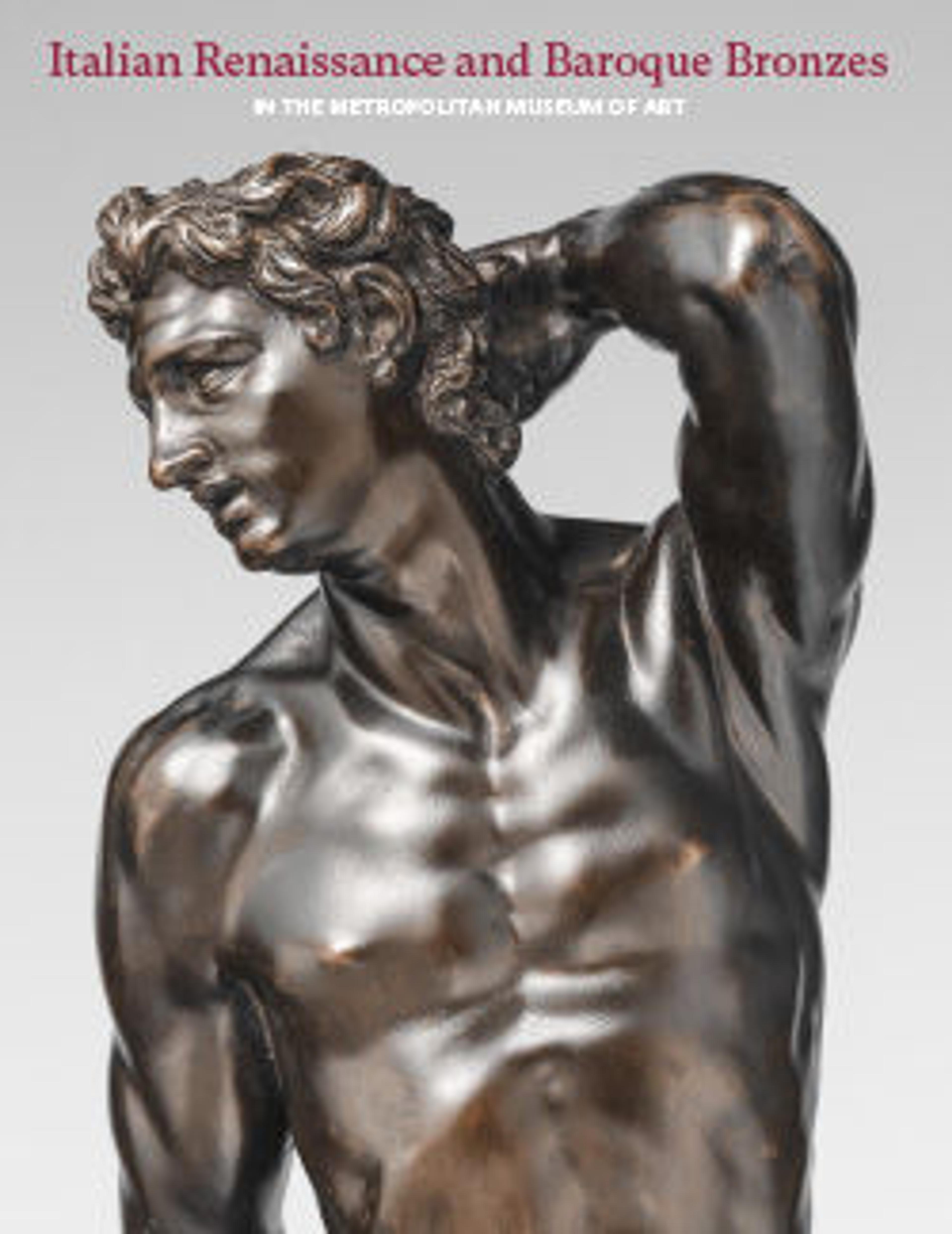English
Bacchanal with a Wine Vat
Throughout his life, Mantegna was fascinated with classical antiquity. In the middle of the sixteenth century, the biographer Giorgio Vasari, was the first of many to note how Mantegna's work in two dimensions possessed a sculptural quality, writing that 'Andrea was ever of the opinion that the good ancient statues were more perfect and had greater beauty in their various parts than is shown by nature.' Mantegna was in Rome from 1488 to 1490 and immersed in the study of ancient buildings and the statues and relief sculptures that were being excavated and collected by antiquarians. After his return to Mantua, Mantegna continued to draw on his Roman experience.
This composition and its companion Bacchanal with Silenus (see 29.44.15) were inspired by antique sarcophagi that were in the collections of the della Valle family and in the Church of Santa Maria Maggiore in Rome, and are prime examples of the way Mantegna's imagination could endlessly reformulate antique sources into entirely original designs. While it has been suggested that these prints record a decorative scheme for one of the Gonzaga palaces, it is equally likely that Mantegna made use of the medium to explore his own interests, apart from the demands of the court, and as a way to make his inventions widely known .
Here, the drunken figures gather around the wine vat populating the space with a funereal majesty. It conjures a deeper emotional content in the ancient associations between Bacchic rites and Christian mysteries. The unconscious youth at the center is held up by a gaunt mourning figure much like the dead Christ in the Pietà. Of all the possible interpretations of this print, it is most likely that Mantegna produced his engravings as a means of making his inventions widely known beyond his circle of patrons in Mantua.
This composition and its companion Bacchanal with Silenus (see 29.44.15) were inspired by antique sarcophagi that were in the collections of the della Valle family and in the Church of Santa Maria Maggiore in Rome, and are prime examples of the way Mantegna's imagination could endlessly reformulate antique sources into entirely original designs. While it has been suggested that these prints record a decorative scheme for one of the Gonzaga palaces, it is equally likely that Mantegna made use of the medium to explore his own interests, apart from the demands of the court, and as a way to make his inventions widely known .
Here, the drunken figures gather around the wine vat populating the space with a funereal majesty. It conjures a deeper emotional content in the ancient associations between Bacchic rites and Christian mysteries. The unconscious youth at the center is held up by a gaunt mourning figure much like the dead Christ in the Pietà. Of all the possible interpretations of this print, it is most likely that Mantegna produced his engravings as a means of making his inventions widely known beyond his circle of patrons in Mantua.
Artwork Details
- Title: Bacchanal with a Wine Vat
- Artist: Andrea Mantegna (Italian, Isola di Carturo 1430/31–1506 Mantua)
- Date: Before 1475
- Medium: Engraving and drypoint
- Dimensions: Sheet: 11 3/4 x 17 3/16in. (29.9 x 43.7cm)
- Classification: Prints
- Credit Line: Purchase, Rogers Fund, The Charles Engelhard Foundation Gift, and The Elisha Whittelsey Collection, The Elisha Whittelsey Fund, 1986
- Object Number: 1986.1159
- Curatorial Department: Drawings and Prints
More Artwork
Research Resources
The Met provides unparalleled resources for research and welcomes an international community of students and scholars. The Met's Open Access API is where creators and researchers can connect to the The Met collection. Open Access data and public domain images are available for unrestricted commercial and noncommercial use without permission or fee.
To request images under copyright and other restrictions, please use this Image Request form.
Feedback
We continue to research and examine historical and cultural context for objects in The Met collection. If you have comments or questions about this object record, please contact us using the form below. The Museum looks forward to receiving your comments.
